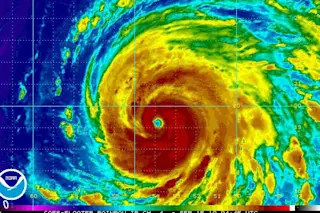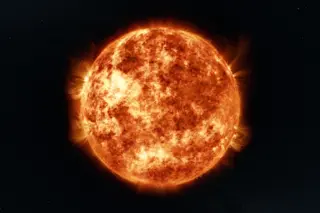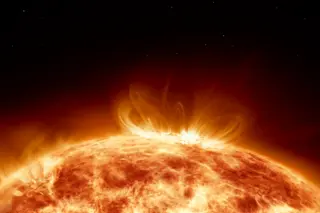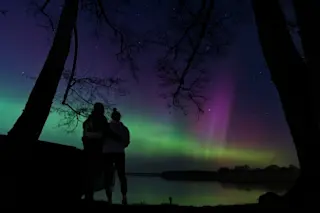Weather radar showing a hurricane (Photo: NOAA) Civic minded citizen scientists in your community help meteorologists and the National Weather Service stay abreast of inclement weather with on-the-ground data. Earlier this week, the Midwest and Northeast were slammed with tornados and thunderstorms that grounded planes and held up trains. Thousands of people along the Northeast corridor lost power as a result. During such hazardous weather, we rely on the knowledge, skill and expertise of meteorologists and designated emergency personnel to keep us safe and in the know. They in turn rely on data supplied by not just satellites and doppler radars but also - a network of citizen scientists. But wait. With all our sophisticated technology, what could a few volunteers possibly contribute? “Radars can tell us that there is heavy snowfall, but radars don’t tell us how much, or if rain is mixing with the snow, or what damage ...
Did you know ‘storm spotters’ in your community keep you safe during severe weather?
Discover how Skywarn storm spotters aid meteorologists and the National Weather Service with vital severe weather reports.
More on Discover
Stay Curious
SubscribeTo The Magazine
Save up to 40% off the cover price when you subscribe to Discover magazine.
Subscribe












